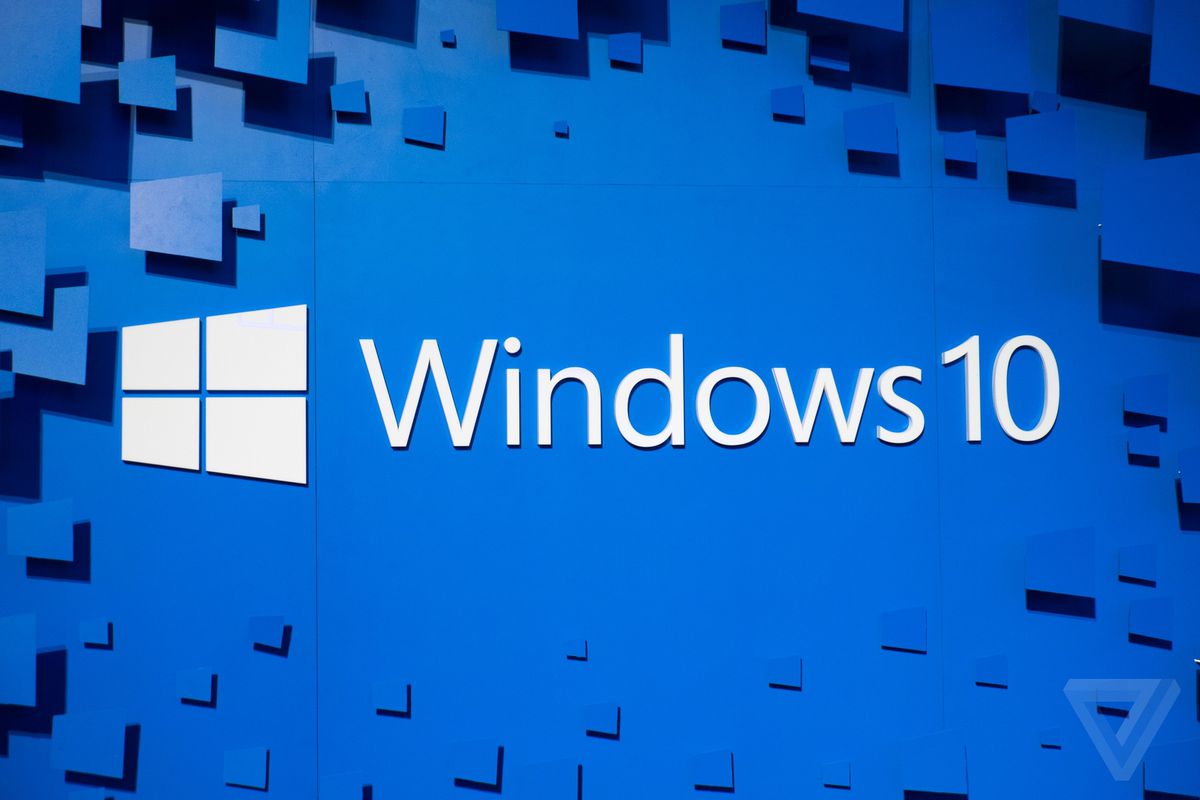With every software update, all hell breaks loose and organisations turn into a kind of zombie-infested zone. Microsoft Windows comes with new software updates approximately after 3 years by the time an organisation has settled down like an alligator.
[fvplayer id=”699″]
So to run an update for a company with tens of thousands of PCs is like waging a war against an army. It takes ages to test the new programs, their authenticity, and rolling out their functionality. In fact, employees have to undergo some sort of training to fully adapt to new changes.
Windows 10 to roll out smaller upgrades every 6 months

To avoid this, companies do not go through painful updates and retain their old versions for years without even knowing the harm. Considering this, Windows has now come up with a new operating system, the Mircosoft Windows 10. This operating system takes care of a number of issues faced by users around the world.
The updates that a user until now had to do after 3 years will be done in parts every six months. It will mean less disruption.
With the introduction of Windows 10, Microsoft has braced itself for the competition. You get free updates when you buy an Apple or Android product.
Windows 7 to expire soon
In the past, Microsoft used to provide updates for 10 years straight. That was way more than other companies. This, however, gave away the expiry date of the product well in advance so it kind of helped users prepare for a new product after the time.

With this pattern, Windows 7 was launched in 2009 and after 10 years it is now going to end January 14, 2020. With 8 months still in hand, users have got enough time to prepare even now.









